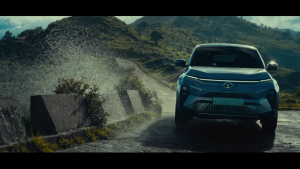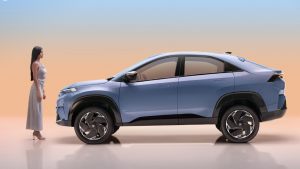Behind the scenes: A look inside Tata Motors Integrated Safety Centre
As the automotive industry continuously evolves, the focus on safety has become a paramount concern for both car buyers and manufacturers. The advent of crash test ratings, particularly through organisations, such as Global NCAP and Bharat NCAP in India, has significantly influenced the enhancement of passenger and road safety standards. Safety regulations, consumer awareness, and adherence to global safety benchmarks have driven automakers to prioritise safety features, ensuring that their vehicles not only comply with legal requirements but also provide maximum protection to occupants.
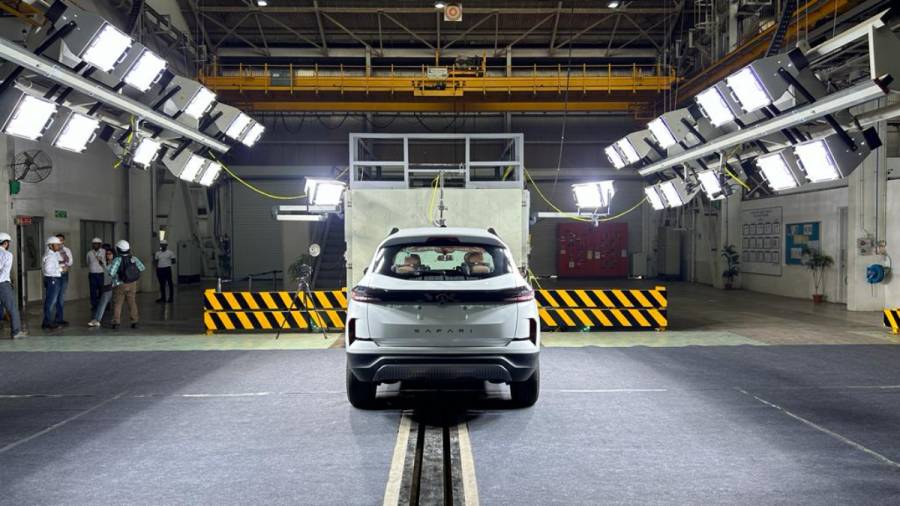
Crucial to the safety evaluation process are crash tests, where vehicles undergo various assessments before reaching consumers. Tata Motors' Integrated Safety Centre in Pune serves as a comprehensive testing facility, evaluating cars through computer simulations and physical crash tests. During a recent visit to the safety centre, demonstrations highlighted the safety testing methods used by Tata Motors.

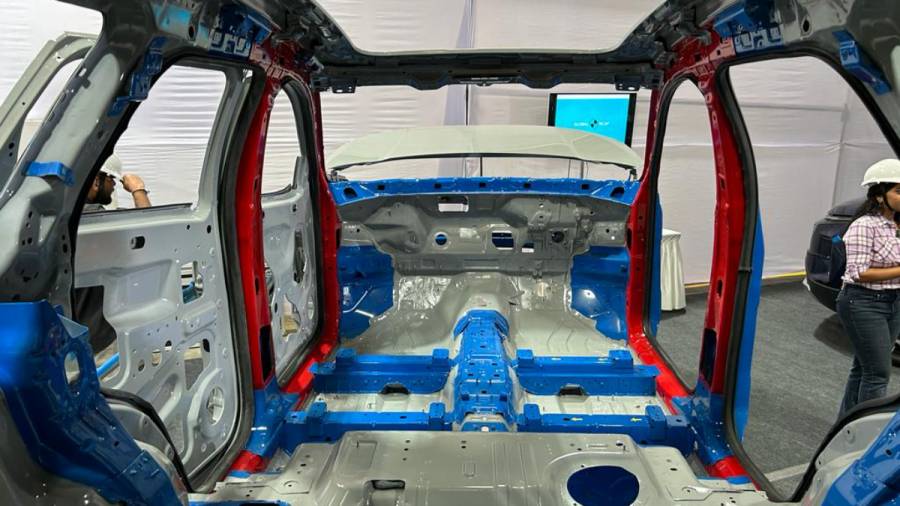
The Tata Safari frame displayed during the visit showcased intentionally designed body structures, utilising materials such as mild steel, high-strength steel, and hot-stamped steel. These different colours represented the various grades of steel used in the car's construction. The high-strength steel and hot-stamped steel (blue and red) are strategically placed in key crucial areas to absorb and dissipate collision energy.
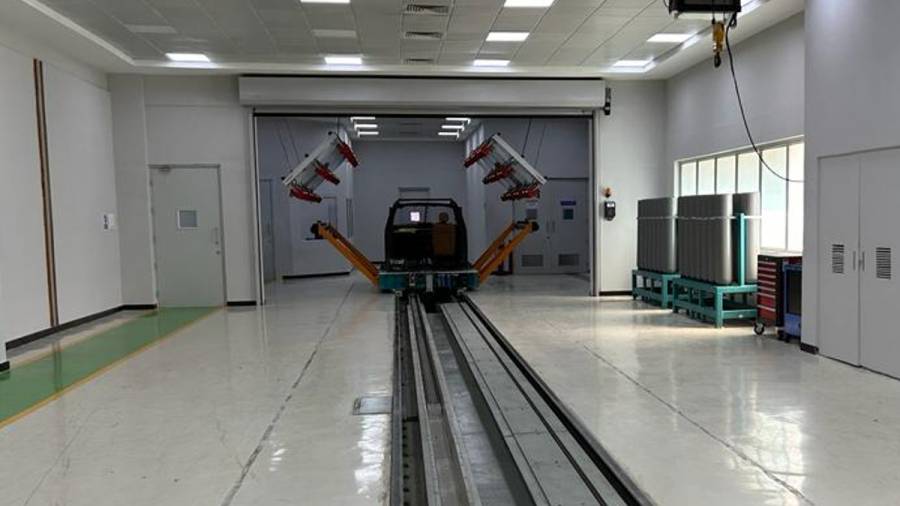
The Safety Centre boasts two dedicated testing sections. The first utilises a sled to simulate crashes and assess various sub-systems, including the car's restraint systems, cabin integrity, and the 'crash pulse' (the car's acceleration during impact). This section also employs dummies equipped with numerous sensors (including accelerometers and load sensors) to record potential injuries at various body parts.
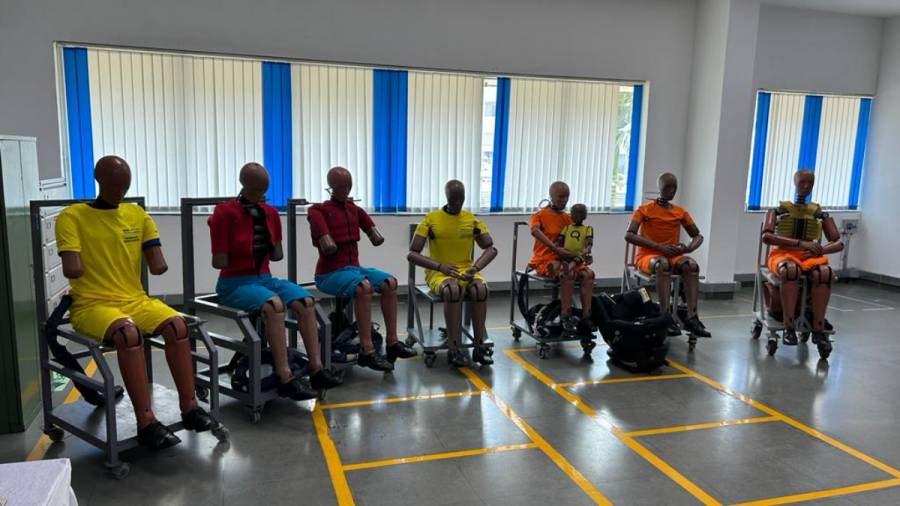
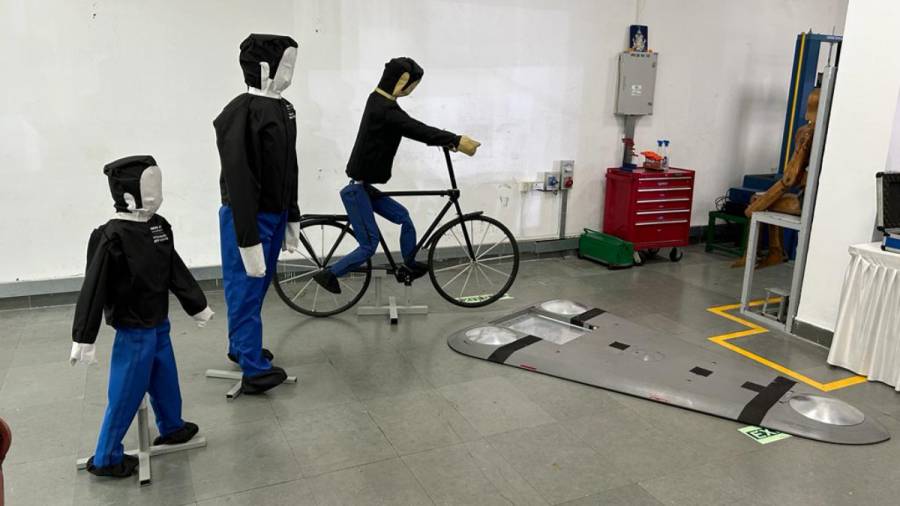
Notably, Tata Motors even uses specialised dummies to test the functionality of Advanced Driver Assistance Systems (ADAS) available in cars, such as the Safari and Harrier. The cost of a single sensor-equipped dummy can reach a staggering Rs 3 crore. After each test, technicians meticulously calibrate the dummies, ensuring their readiness for subsequent evaluations.
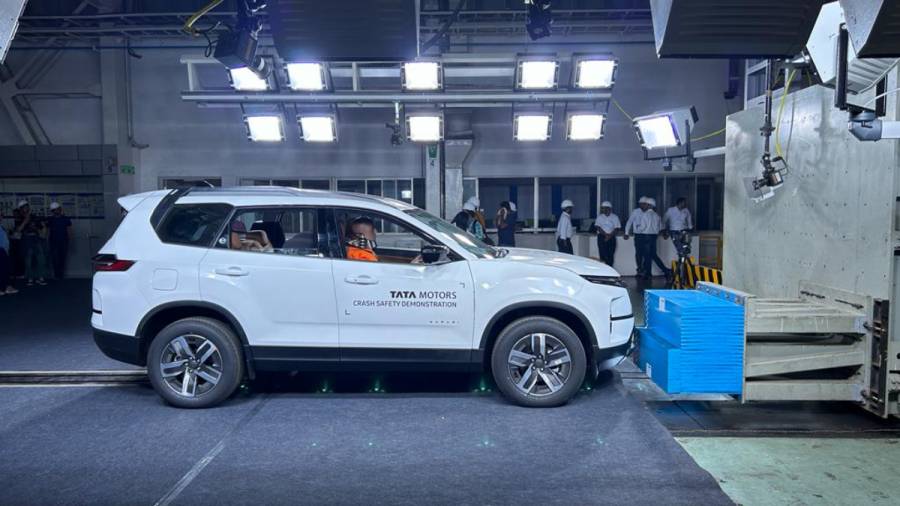
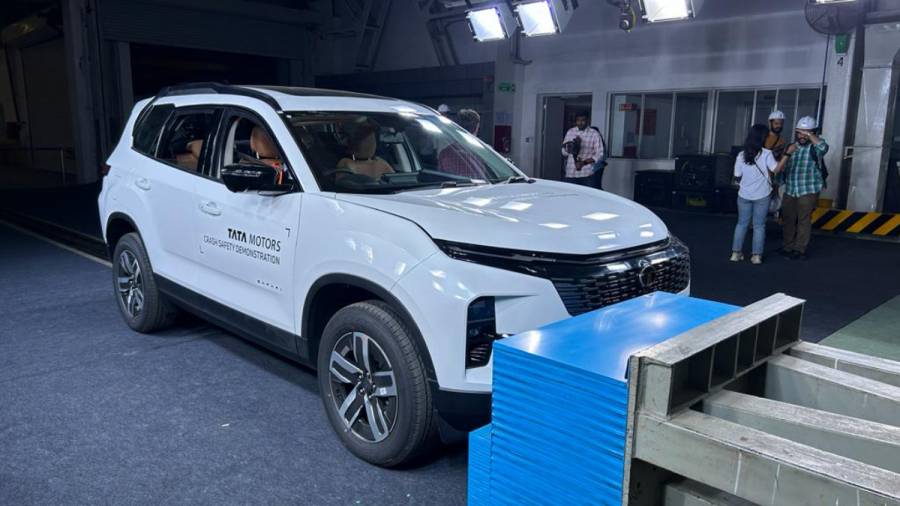
The primary crash testing facility, established in 1997, lies at the heart of the Safety Centre. This facility has witnessed over a thousand crash tests involving various car types, encompassing Internal Combustion Engine (ICE), Electric Vehicle (EV), and CNG-powered vehicles. It facilitates frontal-impact tests, side-impact tests, and pole-impact tests.
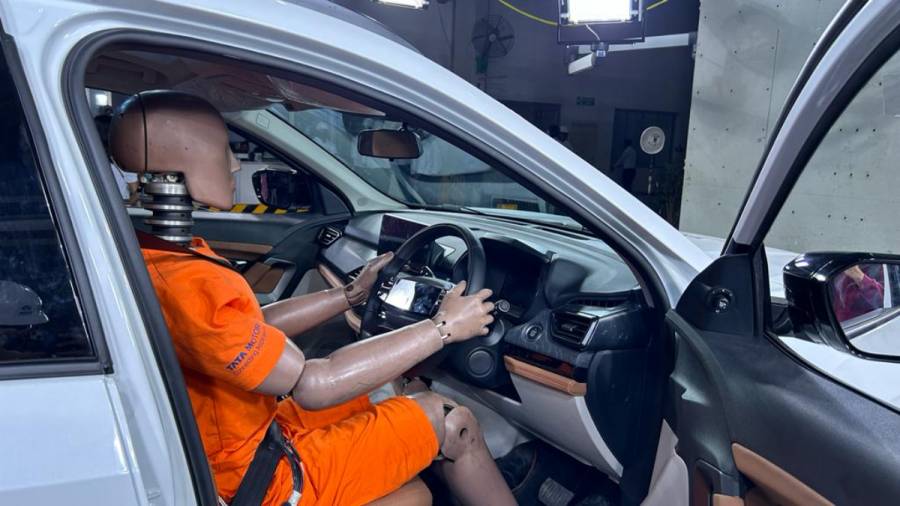
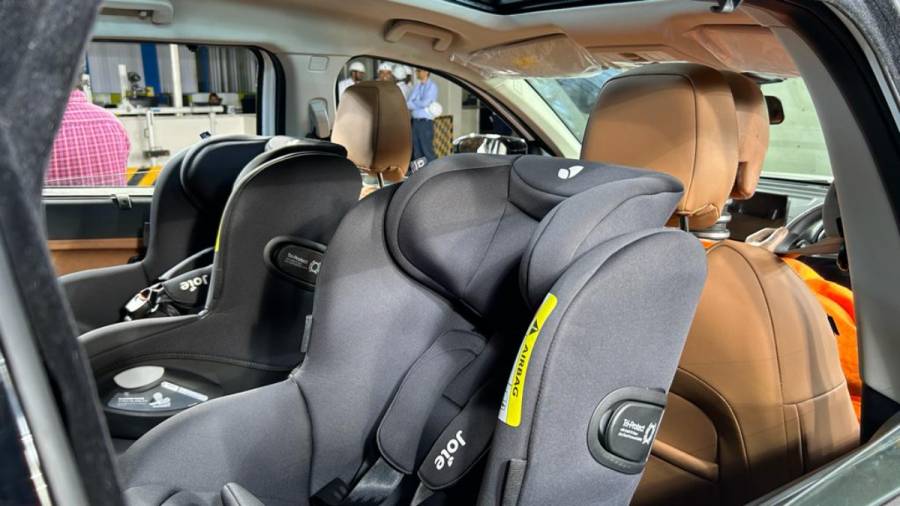
The 200-meter track uses a pulley system to propel vehicles towards a concrete block attached with an metal panel. High-speed cameras, capturing at 1,000 frames per second, document the crash from multiple angles, providing detailed insights into the vehicle's behaviour during impact. Following a crash test, samples are collected for analysis, photographs are taken, and the vehicle is sent to the lab for further examination. In the end, we also witnessed the frontal offset test of the Safari facelift. In this test, the front end of the SUV hits a deformable barrier mounted to a rigid barrier at 64 kmph to assess the frontal crashworthiness.

Car safety is a collective responsibility. While manufacturers, such as Tata Motors continue to innovate and implement advanced safety features, both passive (like airbags) and active (namely driver-assistance systems), the onus also lies on consumers to prioritise safety when choosing a car. The emphasis on safety aligns with the growing preference of modern-day buyers for vehicles that prioritise occupant protection and adhere to the highest safety standards. By understanding the rigorous testing processes undertaken by manufacturers and making informed choices, everyone can all contribute to a safer driving environment for everyone.
Starts Rs 14.99 Lakhs
1956cc
Automatic
170
350
-NA-
